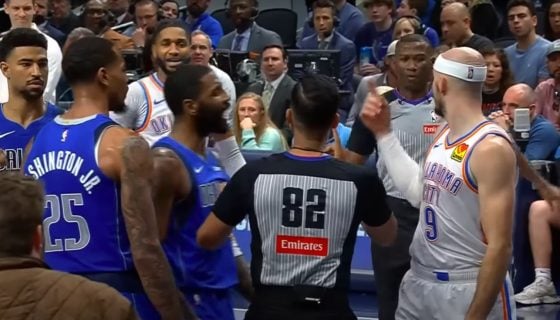Nick Turchiaro-USA TODAY Sports
When the Sixers traded for Harden, it was originally reported that he planned on exercising his $47.4 million player option as part of the deal. Had he opted in, he could’ve extended with the Sixers for a total of $222.8 million over four years, totaling $270 million over five years. He could’ve also opted out and re-signed for a total of five years, $269.9 million, essentially equivalent to the five-year maximum he could’ve earned in an opt-in-and-extend. He instead opted out and re-signed on a $33 million starting salary, a $14.4 million pay cut. This was done to help the Sixers facilitate other moves to help improve the roster.
With a $33 million starting salary, Harden could’ve locked himself into a maximum of five years, $191.4 million. Instead, he could decline his player option in 2023 and re-sign with the Sixers for up to five years, projected at $270 million next season. While he may not get that full amount, a strong season could put him in a position to earn a near-maximum contract, especially since the Sixers won’t have any way to replace him if he leaves. Alternatively, the player option protects him if he has a down year or suffers a significant injury.
Because Harden re-signed for only one season without an option year, he will have veto rights on a trade in 2022-23. This is because if he agrees to get traded, his Bird rights would revert to Non-Bird. That means if traded, his new team would be limited to re-signing him to four years, $141.9 million instead of the maximum, unless they have enough cap space to give him more.






